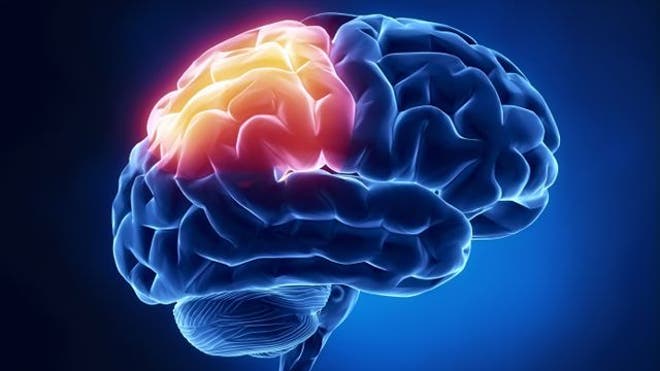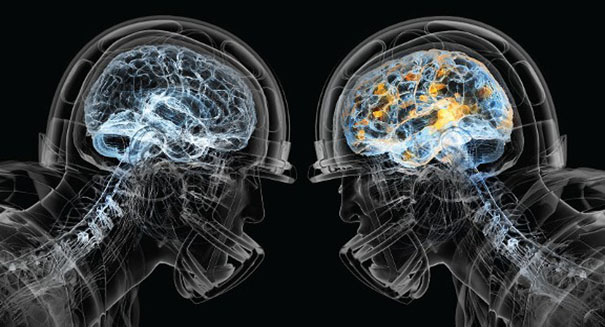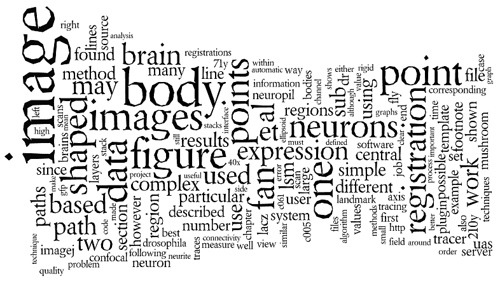
For people at high risk of depression because of a family history, spirituality may offer some protection for the brain, a new study hints.
Parts of the brain’s outer layer, the cortex, were thicker in high-risk study participants who said religion or spirituality was “important” to them versus those who cared less about religion.
“Our beliefs and our moods are reflected in our brain and with new imaging techniques we can begin to see this,” Myrna Weissman told Reuters Health. “The brain is an extraordinary organ. It not only controls, but is controlled by our moods.”
Weissman, who worked on the new study, is a professor of psychiatry and epidemiology at Columbia University and chief of the Clinical-Genetic Epidemiology department at New York State Psychiatric institute.
While the new study suggests a link between brain thickness and religiosity or spirituality, it cannot say that thicker brain regions cause people to be religious or spiritual, Weissman and her colleagues note in JAMA Psychiatry.
It might hint, however, that religiosity can enhance the brain’s resilience against depression in a very physical way, they write.
Previously, the researchers had found that people who said they were religious or spiritual were at lower risk of depression. They also found that people at higher risk for depression had thinning cortices, compared to those with lower depression risk.
The cerebral cortex is the brain’s outermost layer made of gray matter that forms the organ’s characteristic folds. Certain areas of the cortex are important hubs of neural activity for processes such as sensory perception, language and emotion.
For the new study, the researchers twice asked 103 adults between the ages of 18 and 54 how important religion or spirituality was to them and how often they attended religious services over a five-year period.
In addition to being asked about spirituality, the participants’ brains were imaged once to see how thick their cortices were.
All the participants were the children or grandchildren of people who participated in an earlier study about depression. Some had a family history of depression, so they were considered to be at high risk for the disorder. Others with no history served as a comparison group.
Overall, the researchers found that the importance of religion or spirituality to an individual – but not church attendance – was tied to having a thicker cortex. The link was strongest among those at high risk of depression.
“What we’re doing now is looking at the stability of it,” Weissman said.
Her team is taking more images of the participants’ brains to see whether the size of the cortex changes with their religiosity or spirituality.
“This is a way of replicating and validating the findings,” she said. “That work is in process now.”
Dr. Dan Blazer, the J.P. Gibbons Professor of Psychiatry at Duke University Medical Center in Durham, North Carolina, said the study is very interesting but is still exploratory.
“I think this tells us it’s an area to look at,” Blazer, who was not involved in the new study, said. “It’s an area of interest but we have to be careful.”
For example, he said there could be other areas of the brain linked to religion and spirituality. Also, spirituality may be a marker of something else, such as socioeconomic status.
Blazer added that it’s an exciting time, because researchers are actively looking at links between the brain, religion and risk of depression.
“We’ve seen this field move from a time when there were virtually no studies done at all,” he said.
Weissman said the mind and body are intimately connected.
“What this means therapeutically is hard to say,” she added.
Source: Reuters











 You exercise your body in the pursuit of optimal function, but what about your brain? Those looking to get an edge in—and out—of the gym are flexing their minds with neuro feedback. We’re not talking Sudoku puzzles here (though they have their benefits), but neuro feedback—the process of hooking up to an electroencephalogram (EEG) in order to “train” your brain
You exercise your body in the pursuit of optimal function, but what about your brain? Those looking to get an edge in—and out—of the gym are flexing their minds with neuro feedback. We’re not talking Sudoku puzzles here (though they have their benefits), but neuro feedback—the process of hooking up to an electroencephalogram (EEG) in order to “train” your brain